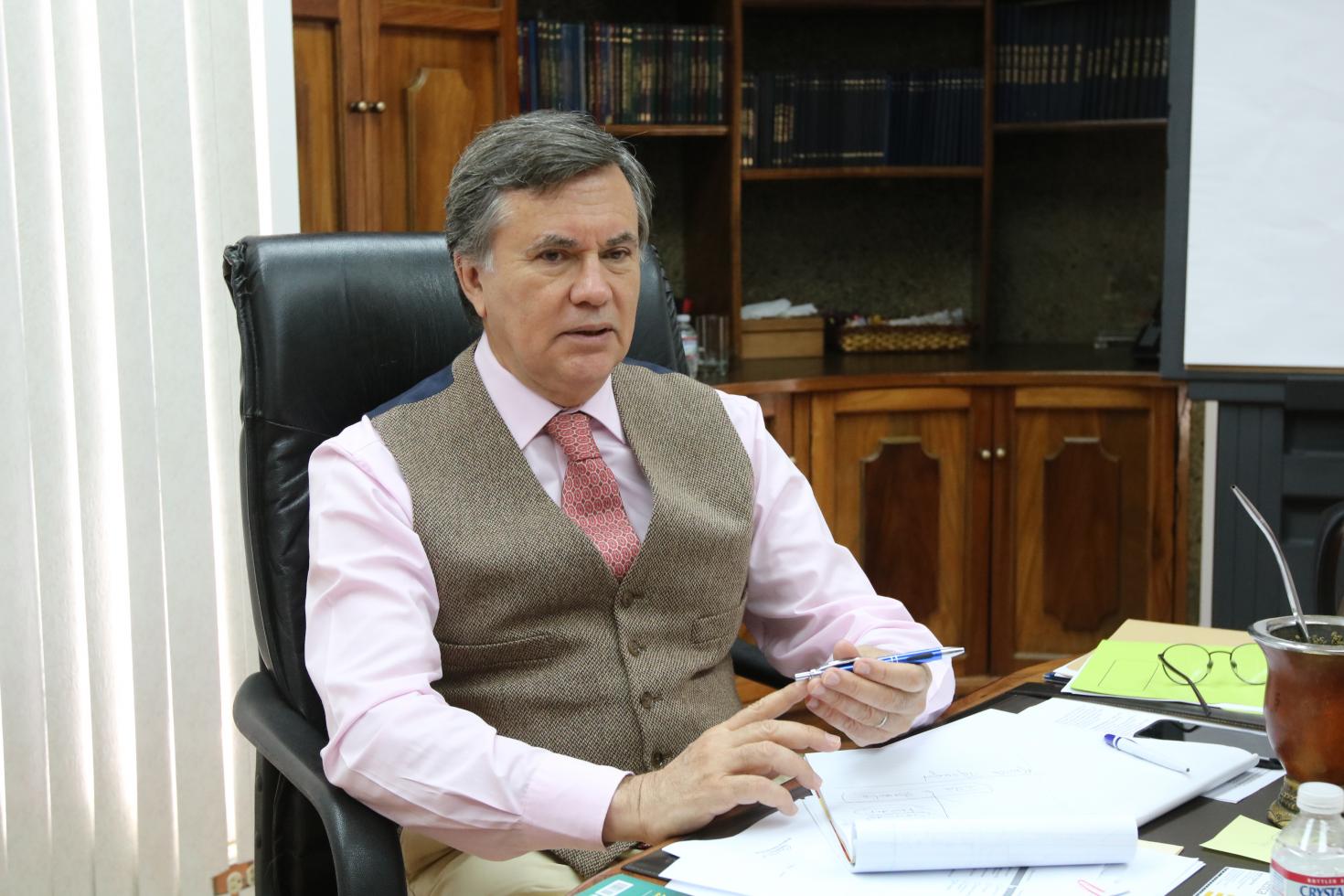The overseas visit is Otero’s first since he took office on 15 January as the head of IICA.

Washington, 28 February 2018 (IICA). The Director General of the Inter-American Institute for Cooperation on Agriculture (IICA), Manuel Otero, concluded his visit to the United States today, achieving very positive results, as evidenced by the receptivity of the public and private sectors to the objectives established by the new administration of IICA, an organization that promotes agricultural development in the Americas.
Lloyd Day, Deputy Director General of IICA; Jorge Werthein, special advisor; and Miguel García Winder, IICA Representative in the United States, accompanied Otero on his visit, taking part in four days of intense meetings in Washington. Discussions were held with high-level officers of the Departments of State and Agriculture; Luis Almagro, Secretary General of the Organization of American States (OAS); and high-level authorities of multilateral organizations such as the Inter-American Development Bank (IDB), the World Bank, and the International Finance Corporation (IFC), the private-sector branch of the World Bank.
“IICA’s proposals were very well received, as was the manner in which the Institution is dealing with the challenge of implementing broad-scope innovations, to deliver technical cooperation of excellence,” stated Otero.
“The Departments of State and Agriculture, as well as multilateral credit organizations, expressed a great deal of interest in strengthening linkages and establishing joint cooperation programs with IICA,” he added.
Otero also met with Carissa F. Etienne, Director of the Pan-American Health Organization (PAHO), with whom he agreed on joint work initiatives, as well as with Fernando Oris de Roa, Ambassador of the Republic of Argentina to the United States, and Paula Bertol, Ambassador of Argentina to the OAS. Otero also engaged in dialogue with high-level executives of different companies and representatives of non-governmental organizations, who expressed a great deal of interest in working to achieve more resilient agriculture, as well as in opportunities to collaborate in this new phase of IICA’s history.
More information:
José Alfredo Alpízar, Press and Outreach Coordinator at IICA
Related articles











